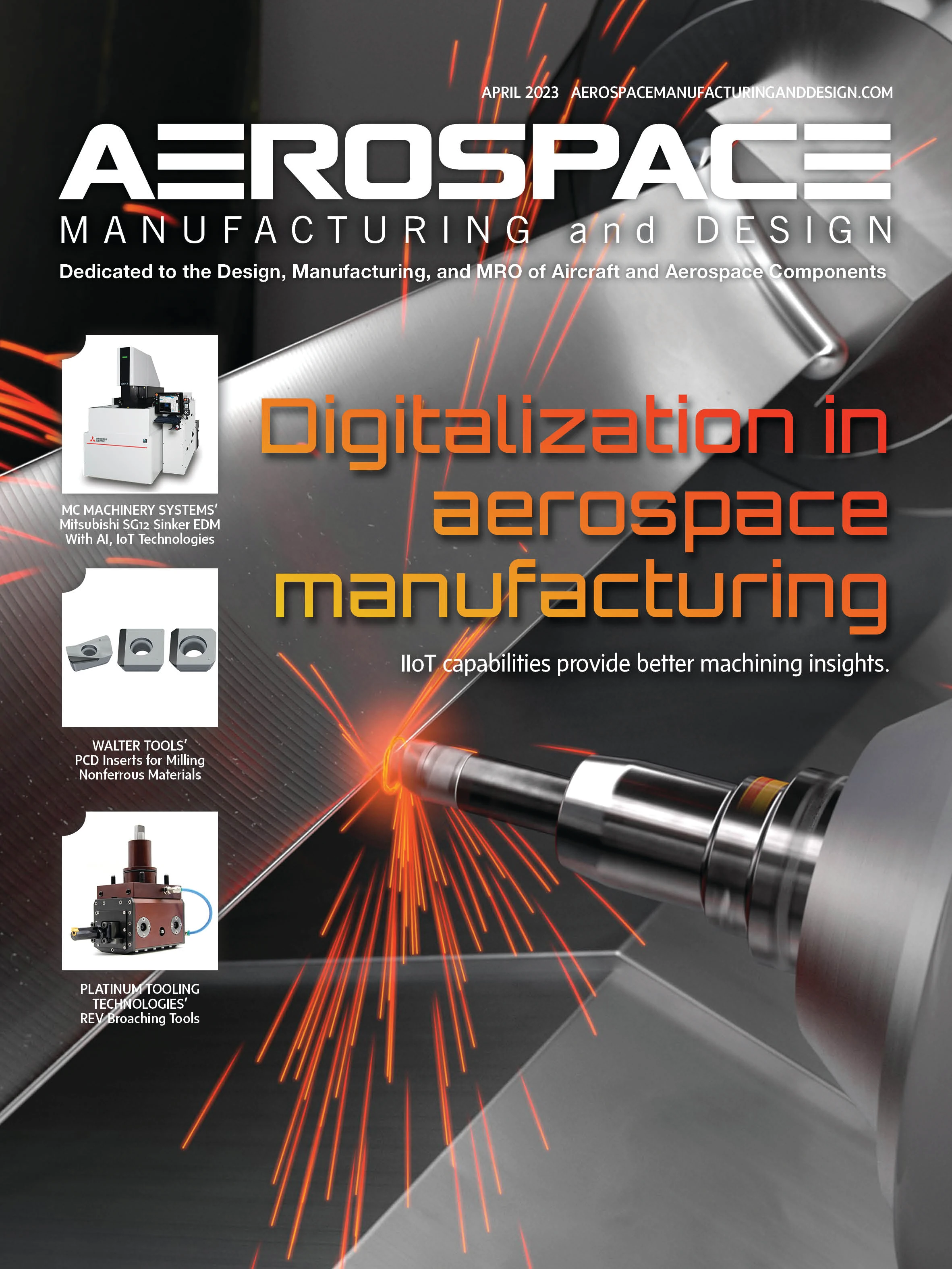

However, I discovered their actual problems were how to gain experience or help in machining superalloys, and what was interesting is the people I spoke with didn’t have the proper machinery or experience to machine the materials they wanted to target.
As we all know, we’re seeing a trend toward using stronger, light-weight materials such as titanium, carbon fiber reinforced polymer (CFRP), or in some cases, nickel-based alloys. As I probed deeper, I asked about their cutting tools. To my amazement, many of them are still using high-speed steel (HSS) or cobalt cutting tools. When I asked why they aren’t using carbide their number one answer was cost. I was shocked to hear that the customer base was confusing price vs. cost!
Let’s examine machining titanium as an example, as we know it’s difficult to machine. Typical speeds for HSS tools are from 30sfm to 100sfm. By using carbide, the speeds can be doubled or tripled depending on the cuts taken. When working to establish low cost, metal removal rates are significant in driving down total cost. Tooling costs are only about 2% of the total cost, therefore, users should make sure they don’t look at price but rather investigate the total cost.
Great breakthroughs are taking place with machine tools and cutting tools to machine exotic materials. I’ve seen significant success in using high-pressure coolant along with the proper cutting tools to increase tool life and productivity of these materials. And ceramic end mills are milling nickel-based alloys at speeds never anticipated. Companies can’t only look at the price of a cutting tool, because if they do, they won’t reach the goal of reducing total cost.
Beyond tooling
Companies must also make sure that machines are well guarded to protect operators and make a safe working environment for all employees. Moving to higher speeds and feeds requires better guarding and coolant containment. In many cases, this may require using new equipment that allows use of advanced cutting tools for more-demanding materials.
The final area requiring investment is people. The most common theme I heard was “No one has any experience,” and “It’s difficult to find skilled workers.” From my experience, it’s been difficult to find people for several years now and the focus of many organizations has been on how to find and attract new people. However, I’d like to suggest you reach out to some of your retired employees and get them to help you transfer their knowledge to new, younger employees. The industry does and will continue to use CAD/CAM to design and produce parts, but as we all know, a little knowledge combined with technology is a win for everyone.
So, to my surprise I didn’t hear of one real manufacturing problem I could address. What I heard was an old paradigm that we need to break. Let’s not evaluate the success of our company on the price of a cutting tool, we need to look at total cost! Please work with your favorite machine tool builder and the best cutting tool supplier in your area. They’ll be happy to help you drive down your total cost to compete in growing markets that offer you the greatest opportunity to succeed.
CMR Consultants
miker2468@aol.com

Explore the April 2023 Issue
Check out more from this issue and find your next story to read.
Latest from Aerospace Manufacturing and Design
- The 5 Best and Fastest Spindle Repair Services
- Mill smarter, not harder: How collaboration optimizes production
- Be proactive – stay ahead of tariffs and other economic and supply chain curveballs!
- Taiwan’s China Airlines orders Boeing 777X passenger, freighter jets
- Reamer re-tipping extends life of legacy tooling
- Revitalizing the Defense Maritime Industrial Base with Blue Forge Alliance
- Safran Defense & Space opens US defense HQ
- Two miniature absolute encoders join US Digital’s lineup





